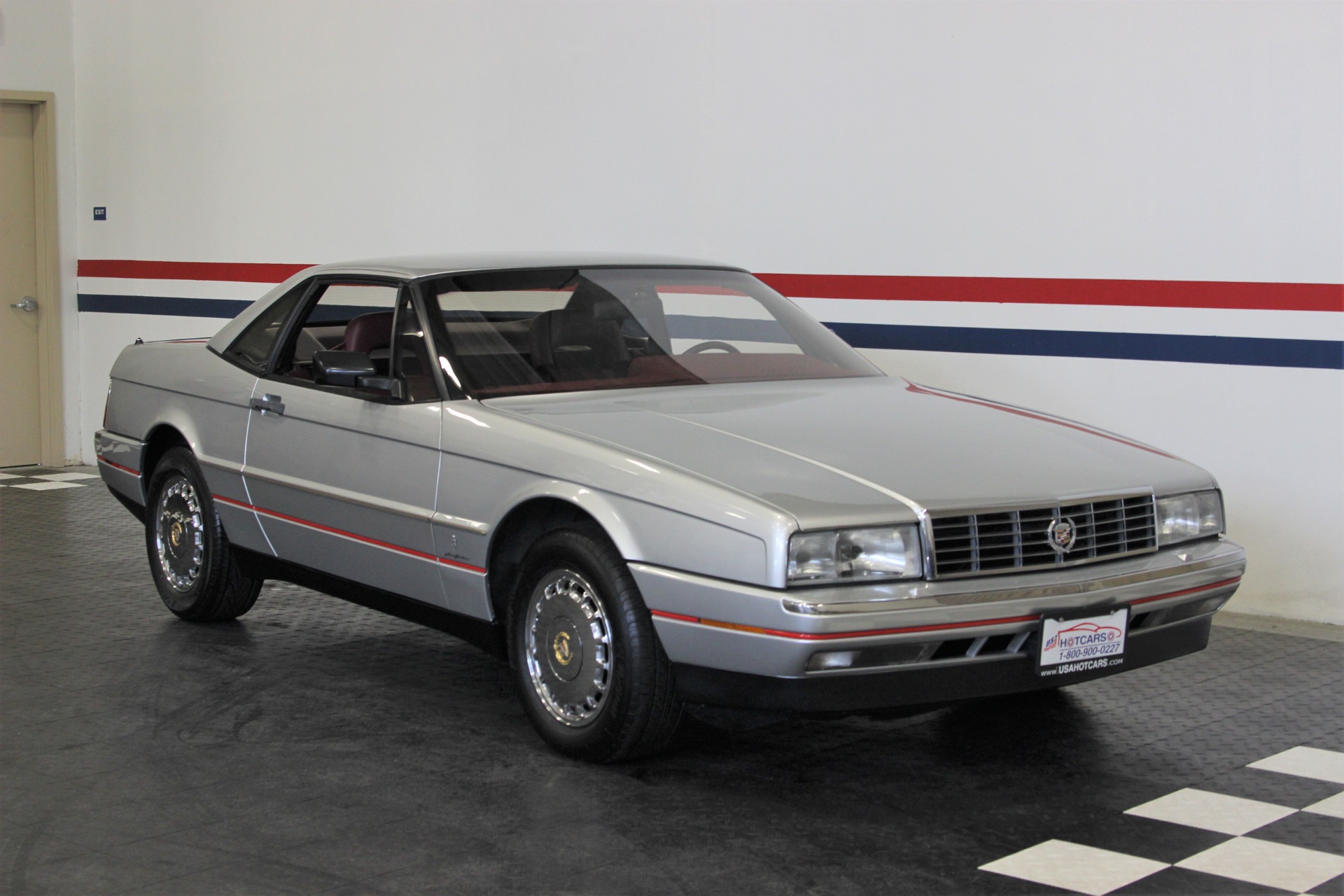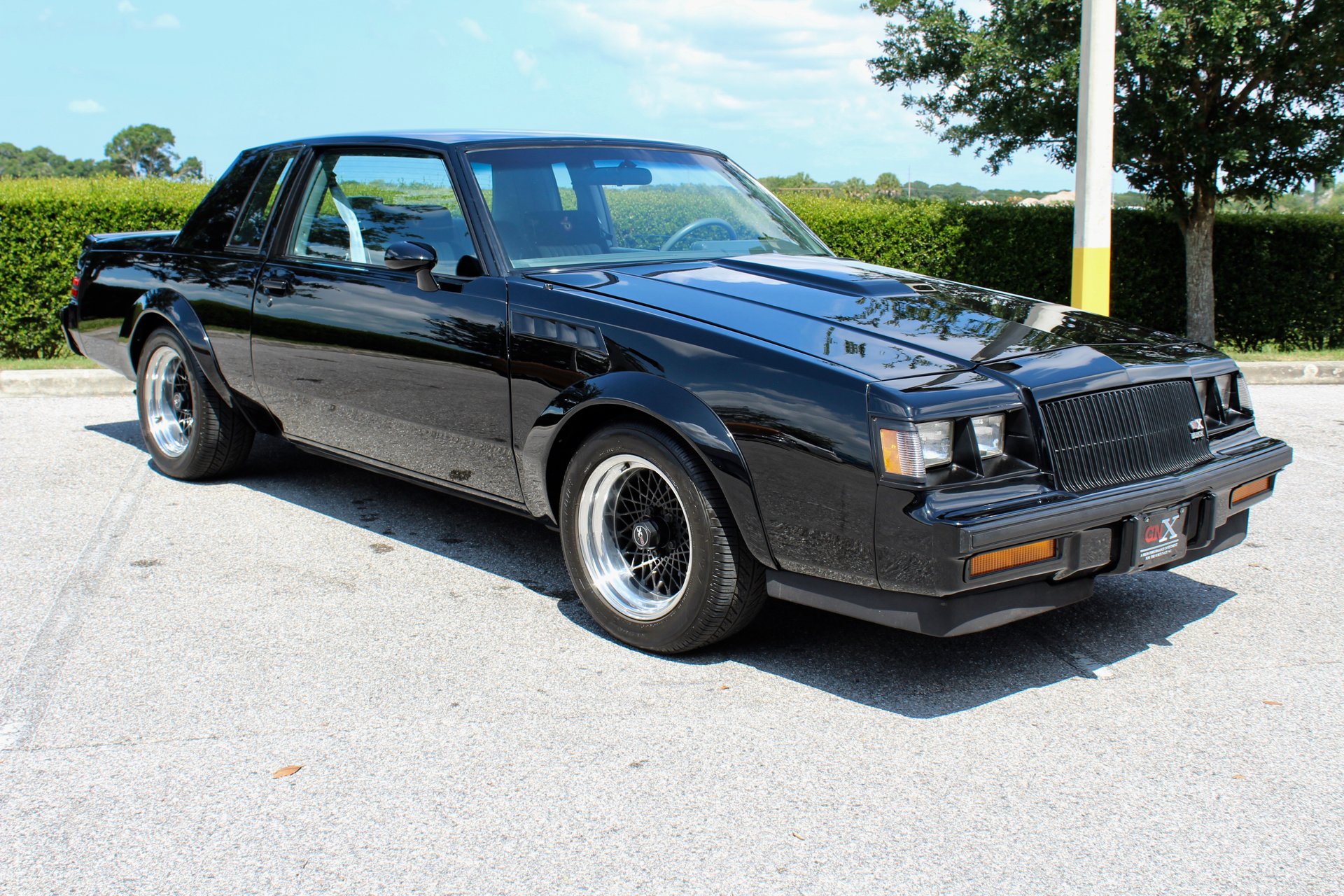First, 1987 was one of the most important years in my life. On December 23rd of that year, my hometown Baltimore Orioles offered me a full-time job in Baseball Operations. I recounted the story in greater detail here, so you can read that post if you want to know more.
As it pertains to the US automobile industry, 1987 could be said to have been the year of three letters, as in AMC and GNX. American Motors Corporation (AMC), the last of the US independent automakers, ceased to be independent as on March 9, 1987 Chrysler Corporation agreed to buy out Renault’s stake in AMC (either 46% or 49%) in addition to all other outstanding shares for $1.5 billion. The takeover was finalized in August. Chrysler and AMC had entered into an agreement in 1985 where the latter would build rear wheel drive “large” cars for Chrysler through at least 1990.
Chrysler’s primary interest in acquiring AMC was Jeep, but the new manufacturing plant in Brampton, Ontario as well as AMC’s dealership network were also enticing. AMC was renamed the Jeep-Eagle division of Chrysler in 1988. Long-time auto executive Bob Lutz, one-time President of Chrysler, remarked:
“Chrysler’s acquisition of AMC was one of the all-time great moments in corporate serendipity that most definitely played a key role in demonstrating how to accomplish change.”
Lee Iacocca, Chrysler chairman, retained some AMC units, such as engineering, completely intact. AMC’s lead engineer, Francois Castaing, was made the head of Chrysler’s engineering. Under Castaing, Chrysler developed an all-new line of cars and trucks that led the company to real success in the 1990s. One of his projects that came to fruition was the Dodge Viper. An aside: my wonderful wife and I met Mr. Castaing while we were having breakfast in Scottsdale, Arizona in May of this year. He was with Marty Nelson, whose agricultural products company has made him wealthy enough to be a large buyer and consignor of cars at many Mecum auctions.
The last vehicles produced by AMC before the takeover were the Renault-derived Alliance and the Eagle. Chrysler continued to use the name Eagle as a separate make through the 1998 model year. Below is a picture of a 1987 AMC Eagle sedan, of which only 751 were produced.

Of course, the Buick GNX has reached legendary status among US automobiles. 1987 was the last model year for the GM G-Body rear-wheel drive cars. Production of the Grand National–the GNX was a variant of that model, of course–was not halted until December, 1987. Buick manufactured 20,193 Grand Nationals, but just 547 GNXs. Without further ado:
This one is supposedly number 186 of the 547 GNXs produced. This was the fastest car produced in the US in 1987, even faster than the Corvette. It can be hard to get one’s head around that fact, especially since Buick doesn’t even manufacture cars, anymore, only SUVs. The GNX could accelerate from 0-60 MPH in 5.4 seconds (that was Buick’s “official” time, I have also seen that time reported as 4.7 seconds) and do mid-13s in the standing quarter-mile. A 1987 Corvette could do 0-60 in 5.9 seconds with mid-14s in the standing quarter. The GNX was faster, 0-60, than a Ferrari 328.
ASC/McLaren actually built much of the GNX for Buick. The car’s turbocharged 231 cubic-inch V-6 was rated at 276 HP/360 LB-FT of torque. The standard turbo for the Regal line was rated 245 HP/355 LB-FT. Many car enthusiasts think Buick understated the engine output as well as the 0-60 time and that real output was closer to 300 HP/420 LB-FT. You will be seeing the GNX/Grand National featured in a Hall of Very Good Cars post.
Another one of my favorites, a different model year of which appeared in my Ultimate Garage 3.0 last July (!), debuted in 1987: the Cadillac Allante. Below is (hopefully) a picture of an ’87 Allante as I think they look best, with the auxiliary hardtop in place:

Of course, the Allante was a failure for Cadillac and General Motors as only about 21,400 were built during seven model years of production through 1993.
1987 model-year US production declined 6.5 percent from 1986 to 7.4 million cars. Chevrolet and Ford were the only two makes to reach the one-million level: Chevy at 1.38 million and Ford at 1.18 million. What was the best-selling Chevrolet model in 1987? Do you remember the Celebrity?

Chevrolet produced 362,524 Celebrity vehicles in 1987, of which 273,864 were sedans like the one shown above. Yawn…
Imports grabbed a 31 percent share of new car sales in the US in 1987. No one could have predicted that in 1957.
Ford earned $4.6 billion in profits in 1987, at the time the highest nominal (not adjusted for inflation) profit for any US automaker. No one could have foreseen that about two decades later Ford would record a $12.7 billion loss. Of course, it was the only Big Three automaker not to file for bankruptcy during the Great Recession of 2008-09.
Would you believe that 54 percent of US cars were built with four-cylinder engines in 1987? Only 18 percent were built with V-8s.
Well, just two Threes And Sevens posts remaining, 1993 and 1997. I hope you have enjoyed this series.
#ThreesAndSevens
#1987
#AmericanMotorsCorporation
#BuickGNX
#somanyCARSjustonelife
#disaffectedmusings
If you like this blog please tell your friends and share the blog URL (https://disaffectedmusings.com). Thanks.

Late to the party, had a company issue I had to travel for and deal with.
Nobody who takes performance seriously can overlook what the Buicks brought to the table. They showed many folks what can be accomplished with a boosted engine.
I, being a dyed in the wool Mopar fan, would be remiss if I didn’t throw the Shelby Chargers into the discussion. With the introduction of the Turbo 2 variant of the 2.2 liter engine in 1987, the ole chicken farmer got 175 hp out of 135 cubic inches–in a car that weighed less than 2500 pounds. An upgraded computer chip was available from Mopar Performance, which bumped the boost up and resulted in a hp rating of 200. Without the upgrade, the base 2.2 Turbo 2 could move the Charger at speeds above 140 mph, causing much “brown pants syndrome” among many “performance” car owners, AND some drivers of these Chargers. The only problem with the boost levels in this engine was a propensity to blow the head gasket at extended high boost operation. This was eliminated with an upgraded head gasket, introduced as a factory upgrade which could be bought over the counter.
I personally built a variant of this engine for that Charger drag car I mentioned a couple posts ago. Mine was “poked and stroked” to 155 cubic inches and dynoed at 430 hp in its final form. By then it was no longer usable on the street, but I got it into the high 10’s in the quarter. With front wheel drive still. Yes it was a handful to drive, it was my original “Squirrel”.
LikeLike
Thanks for sharing, DDM. Bill Stephens, one of the broadcast crew on the Mecum auctions, is a big fan of those Shelby Chargers.
LikeLike
Buick had a rep for some sneaky-fast cars. The GS cars, especially the 1970 GSX with Stage 1, was quite the 1/4 mile terror. It’s interesting to me that of all the divisions, it was Buick who really pushed the turbo as opposed to the other ‘performance’ divisions
LikeLike
Thanks, Mark. Yes, it was interesting that Buick, among all GM divisions, featured the turbo in its cars. It is also sad that Buick no longer manufactures cars, only SUVs.
LikeLiked by 1 person